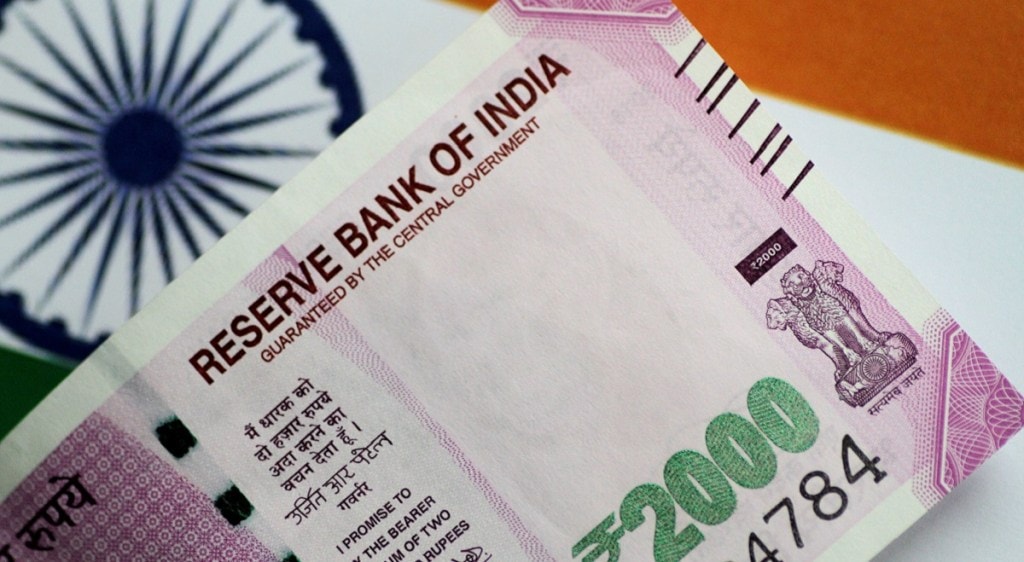India has remained resilient in the face of a challenging global economic environment and was one of the fastest growing major economies in the world in 2022, said the World Bank in a report this week. “Global economic activity has softened, and financial conditions have hardened on the back of a synchronized global monetary policy tightening to manage elevated inflation. Despite these challenging external economic conditions, India was one of the fastest growing major economies in the world in 2022,” World Bank said in its latest India Development Update report.
The overall growth remains robust and is estimated to be 6.9 percent for the full year with real GDP growing 7.7 percent year-on-year during the first three quarters of fiscal year 2022/23. This is courtesy the robust growth in economic demand, bolstered by strong investment activity and buoyant private consumption. It further noted that net exports were a drag on growth even as it performed better than most emerging market economies (EMEs) in terms of volume.
While the real GDP grew 4.4 per cent year-on-year (y-o-y) in Q3 FY22/23, slower than the 6.3 per cent growth in Q2 due to weaker growth in private consumption and also contraction in government consumption, investment grew strongly. Despite this slowdown in Q3, in terms of fiscal year-to-date (April-December), real GDP growth was bolstered by a favorable base effect and remained robust at 7.7 percent y-o-y.
Even as headline inflation is elevated, it is projected to decline to an average of 5.2 percent in FY23/24, amid easing global commodity prices and some moderation in domestic demand. The World Bank added that the government is likely to meet its fiscal deficit target of 5.9 percent of GDP in FY23/24 and combined with consolidation in state government deficits, the general government deficit is also projected to decline. On the external front, the current account deficit is projected to narrow to 2.1 percent of GDP from an estimated 3 percent in FY22/23.
The World Bank also noted that net portfolio investment flows from equity markets remained positive in Q3 FY21/22 as the RBI hiked the policy rate and the growth differential widened vis-à-vis the US. Meanwhile, net FDI inflows fell sharply in Q3 FY22/23. “While gross FDI investments were positive and stable at around USD 7.3 billion, FDI by India abroad spiked to USD 5.2 billion, bringing down net FDI flows,” it said.
2023 outlook
Nonetheless, the World Bank revised its FY23/24 GDP forecast to 6.3 percent from 6.6 percent (December 2022), saying growth is expected to be constrained by slow consumption growth and challenging external conditions. Even as the outlook for the world economy remained clouded by aggressive monetary policy tightening, deteriorating financial conditions, and declining confidence, the World Bank placed its bet on India. Auguste Tano Kouame, who is World Bank’s Country Director in India, told NDTV that “whilst we have revised our forecast, India is still going to be one of the fastest-growing economies in the world”. He added that India wants to become an upper middle-income country by 2030 and a developed economy by 2047, for which it will need to grow at eight per cent.
Global trade, it said, slowed in the second half of 2022 which showed the slowdown in industrial production and economic activity across advanced economies. China witnessed its slowest pace in economic activity since the mid-1970s due to COVID-19 related restrictions, droughts, and ongoing property sector stress. However, high frequency indicators improved in January and February aided by the reopening of the Chinese economy. Also, growth outcomes for the United States and the euro area in the fourth quarter of calendar year 2022 were also better than expected, the World Bank said. Financial conditions eased in January-February 2023 with an increase in financial flows to emerging Markets and Developing Economies (EMDEs).
